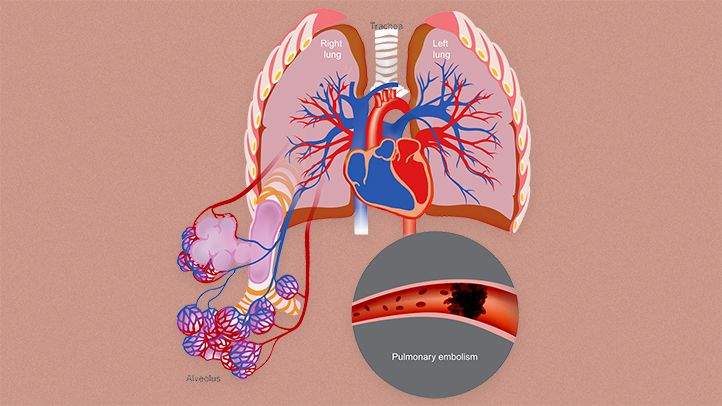A recent study published in Scientific Reports highlights the effects of vitamin D receptor activation on pulmonary artery smooth muscle cells from patients with pulmonary arterial hypertension (PAH).
What is Pulmonary Arterial Hypertension?
Pulmonary arterial hypertension is a complex disease marked by changes in blood vessels. It occurs when there is uncontrolled growth of smooth muscle and endothelial cells in the pulmonary arteries. This leads to thickening of the arterial walls, which puts extra pressure on the right side of the heart. Over time, this can cause the right ventricle to enlarge and fail, resulting in premature death.
Many patients with PAH are found to be deficient in vitamin D, and this deficiency is linked to worse health outcomes. Calcitriol, the active form of vitamin D, activates the vitamin D receptor, which is a transcription factor that helps regulate specific genes.
The vitamin D receptor is found in both endothelial and smooth muscle cells. It plays a role in many important functions in the cardiovascular and pulmonary systems, including cell growth, differentiation, movement, blood vessel tone regulation, immune response, and metabolism. However, its specific role in PAH has not been fully understood until now.
Key Findings from the Study
Researchers analyzed data from 27 different organs available in a public dataset. They discovered that the expression of the vitamin D receptor is lower in the lungs of PAH patients compared to healthy individuals.
This conclusion was supported by comparing messenger RNA (mRNA) and protein levels of vitamin D receptors between PAH patients and healthy controls using quantitative reverse transcription polymerase chain reaction (qRT-PCR) and Western blot techniques. The results showed a significant decrease in vitamin D receptor levels in the lung tissues of PAH patients. Specifically, this downregulation was noted in pulmonary artery smooth muscle cells but not in pulmonary artery endothelial cells.
After treating pulmonary artery smooth muscle cells with calcitriol, researchers observed a notable increase in vitamin D receptor mRNA levels, bringing them closer to those seen in healthy individuals. Additionally, the proliferation of these cells was significantly inhibited when the vitamin D receptor was activated by calcitriol compared to untreated control cells.
Implications
These findings suggest that activating the vitamin D receptor could be a potential therapeutic strategy for managing PAH.
By reducing cell overgrowth in pulmonary arteries, this approach may help alleviate some of the complications associated with this serious condition.
Overall, this study sheds light on the important role of vitamin D and its receptor in pulmonary hypertension and opens doors for further research into effective treatments for this challenging disease.
Related topics:


